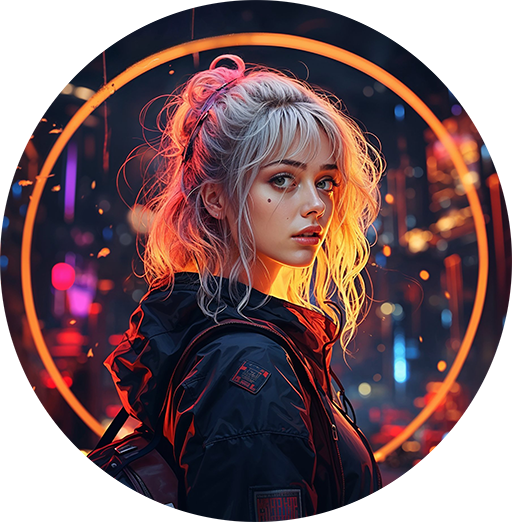Rendering is an essential aspect of digital art and refers to the process of generating a final image or animation based on a set of inputs. In digital art, rendering is used to simulate real-world lighting, shadows, and materials to create photorealistic images and animations. Whether you’re working in 3D modeling, animation, or digital painting, understanding the basics of rendering is crucial for creating high-quality, professional-looking digital art.
The rendering process starts with a 3D model, which is essentially a digital representation of an object or scene.
The model is then given attributes such as materials, textures, and lighting, which are used to determine how the final image will look. Once the scene is set up, the renderer takes the 3D model and produces a 2D image that can be viewed on a screen.
There are several different rendering techniques and methods, each with their own strengths and weaknesses. Some common rendering methods include scanline rendering, rasterization, and ray tracing. Each method uses different algorithms to determine how light should interact with the 3D model and produce a final image.
One of the key benefits of rendering in digital art is that it allows artists to create images and animations that are incredibly lifelike and detailed. With the right tools and techniques, artists can create photorealistic images that look almost indistinguishable from real-life photographs. Additionally, rendering makes it possible to create images and animations that would be impossible or impractical to produce in the real world.
Rendering is a crucial aspect of digital art and plays a critical role in creating photorealistic images and animations. Whether you’re a beginner or an experienced artist, understanding the basics of rendering is an important part of creating high-quality digital art. Whether you’re working in 3D modeling, animation, or digital painting, taking the time to learn about rendering and the various techniques and methods can help you create truly stunning digital art.
